Lesson Planning & Record Keeping

There are a lot of ways to keep track of the lessons we give and the ones we plan to give. Here is one option that is an oldie-but-goodie. Key benefits:
- Empowers students to track their own progress and advocate for lessons
- Seamlessly integrates into the procedure for lessons
- Empowers assistant teachers to guide students to lessons they know
- Models handwriting instead of computer use in the classroom
- It's free!
This approach requires you to print one booklet for each child. You will use the same booklet for all three years the student is with you.

What you need
If you're following the Maitri Learning albums, all you need to do is:
- Download this double-sided PDF for a double-sided, fold-in-half book or Download this single-sided PDF for a single-sided cut-in-half and staple book.
- Print out one for each child.
- Write each child's name on the cover and put their sticker on it (the one that matches the sticker on their cubby and work drawer).
- Get a sturdy open box (like one for sandpaper letters) or lined basket that can hold all of the books for your students.
If you have the shelf space, I recommend using three color-coded baskets. Have a different color for first year students, second year students, and third year students. You can carry this color-coding through to the cover you create for each book (like one sheet of green cardstock, blue cardstock, and yellow cardstock).
If you're not using the Maitri Learning albums, download this Word doc and customize it to match your lessons.

How it works: Record Keeping
The first time you introduce the lesson book, go together with the child to the shelf and show them how to find their book. Then say, "This book lists all of the lessons we do here at school. Every time you get a lesson, we can keep track of it in this book."
Once you give this introduction, anytime you finish giving a lesson to a child, complete the lesson by asking the child to bring you their lesson book. When they bring it to you, they can watch as you open to the page of lessons and write down the date and any notes for the lesson you just gave. As you do so, comment as appropriate on the lessons they'll need to practice or receive next.
There will be sometimes when it's not possible/appropriate for the child to bring you their book. So, make time at the end of each day to update any other lessons you gave that day.
 How it works: Planning
How it works: Planning
When you're thinking about what lessons you want to give each child next, write them down on a sticky-note titled "Lessons to Give." Place that note inside the lesson book's front cover.
When you're ready to offer a lesson or a child is asking you for a lesson, begin by saying, "Bring me your lesson book." This is great for two reasons:
- It buys you time to try and remember what you wanted to do next with that child.
- It gives you a concrete list of lesson you have already planned on giving.
When you're ready to update your lesson planning, just make a new sticky note and discard the old one. Easy peazy lemon squeezy!
How it works: Communication
When you're lesson planning, make a second sticky note of lessons that you hope the child will practice. Title that note: "To Practice." Place this below the "Lessons to Give" sticky note in the book's inside front cover.
When a child comes to you or your co-teacher looking for something to do or when they are lost and need some guidance to a good activity, ask them to bring you their book. You or the assistant teacher can open it up, see the list of recommended activities to practice, and guide them to a good option.
Summary
I used this method in my own class and found it easy, helpful, and empowering for my students and my assistant teacher. Today, with everyone using tablets for record keeping, I like it even more because it models handwriting rather than computer use in the classroom. And it's free!
What do you think? Do you have a method you love? Would you use this as an adjunct to that or is all this paper a drag? Write your comments below so we can all benefit from your thinking. It takes a village!
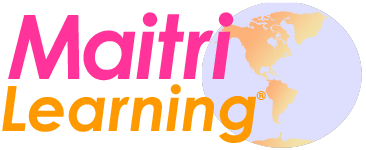
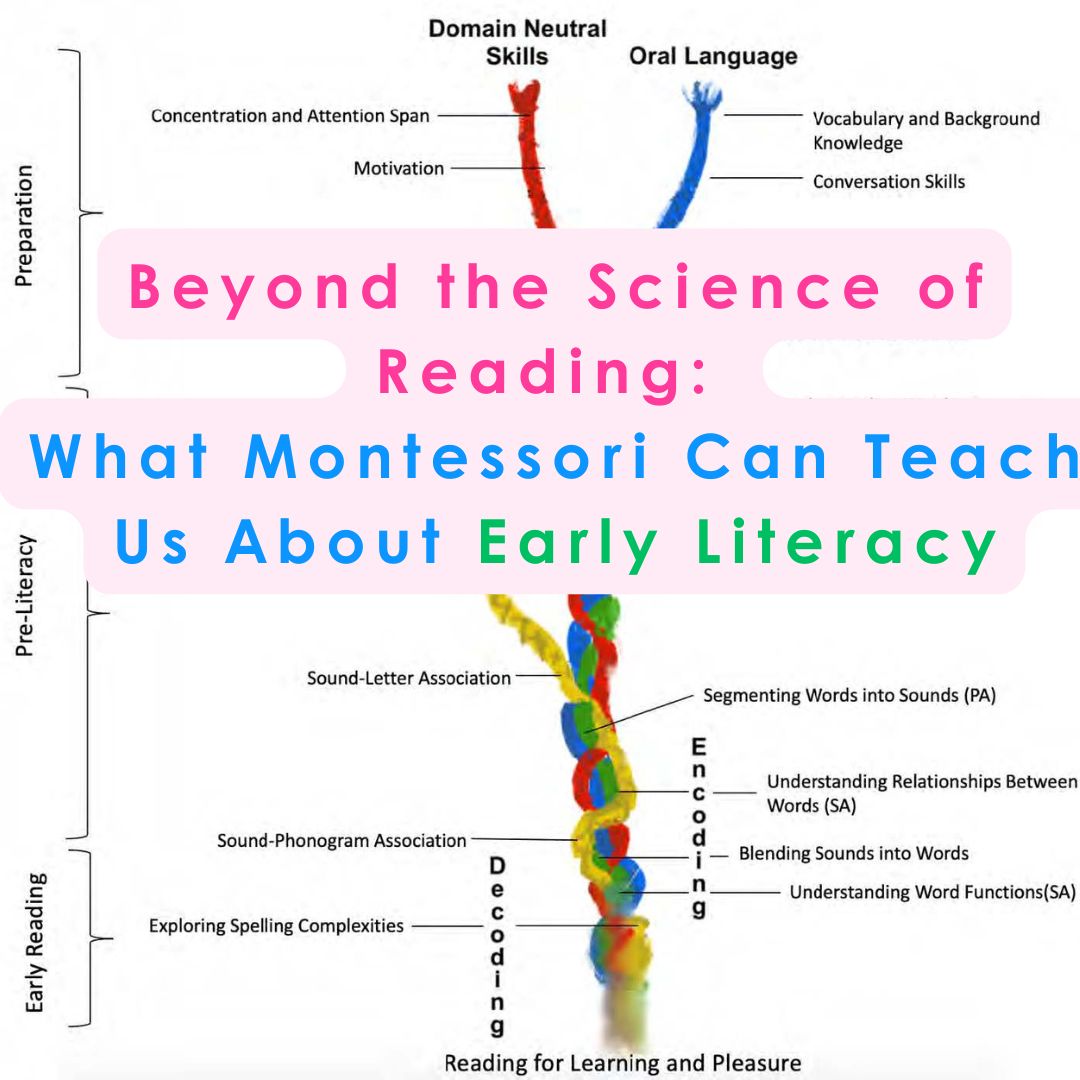
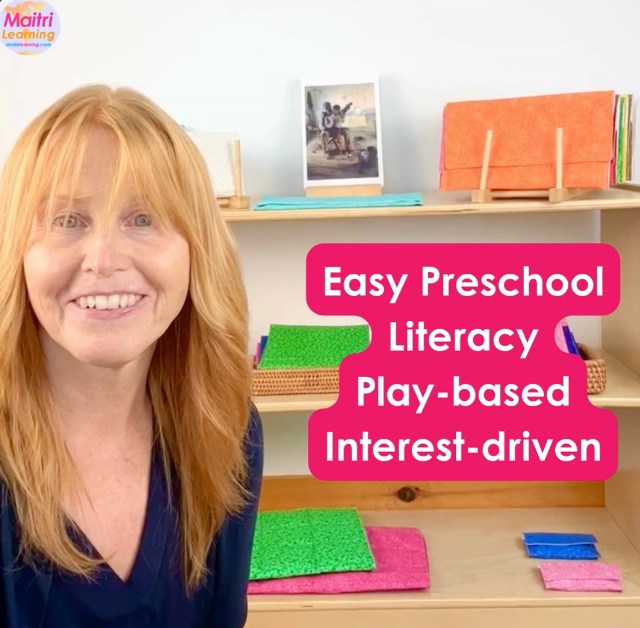

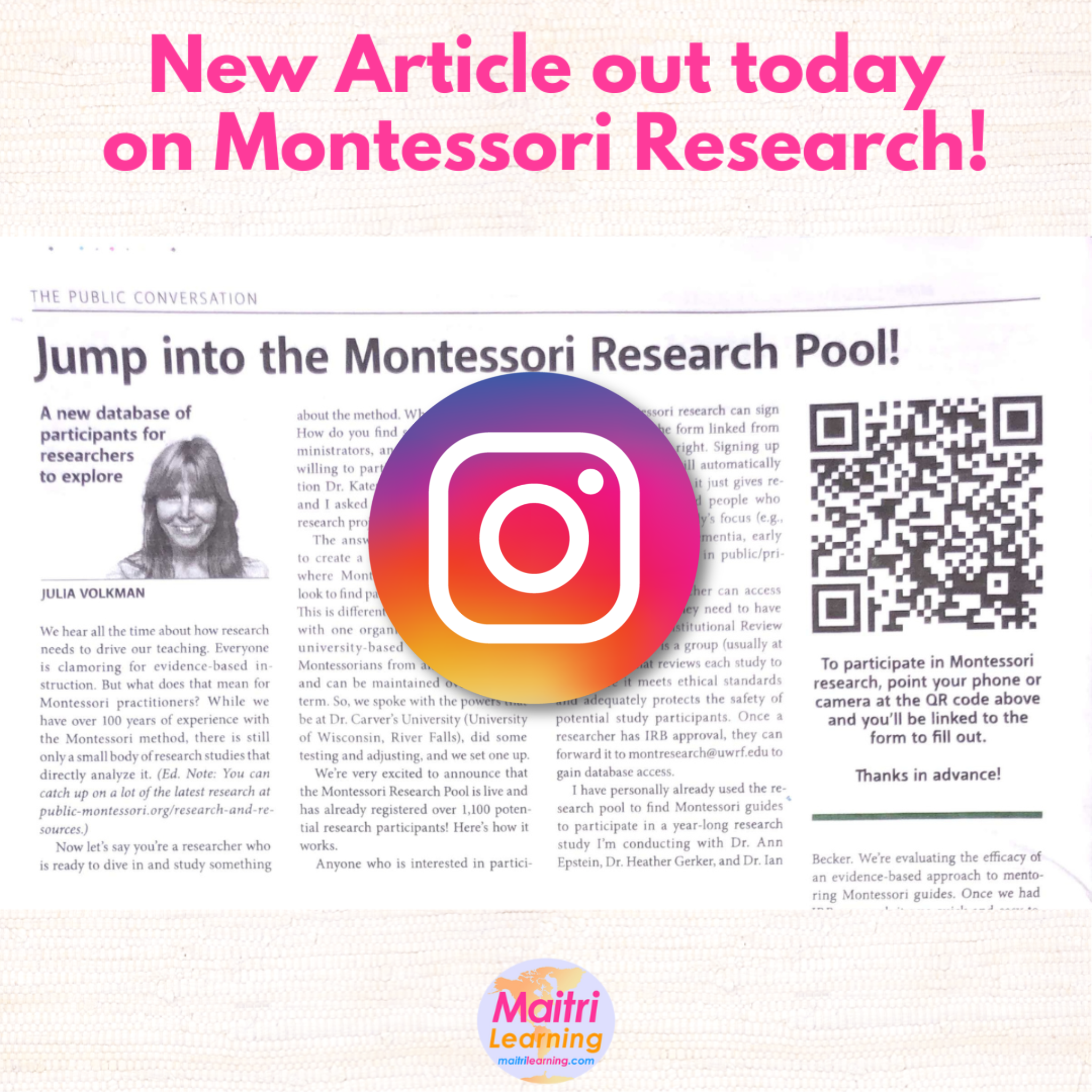
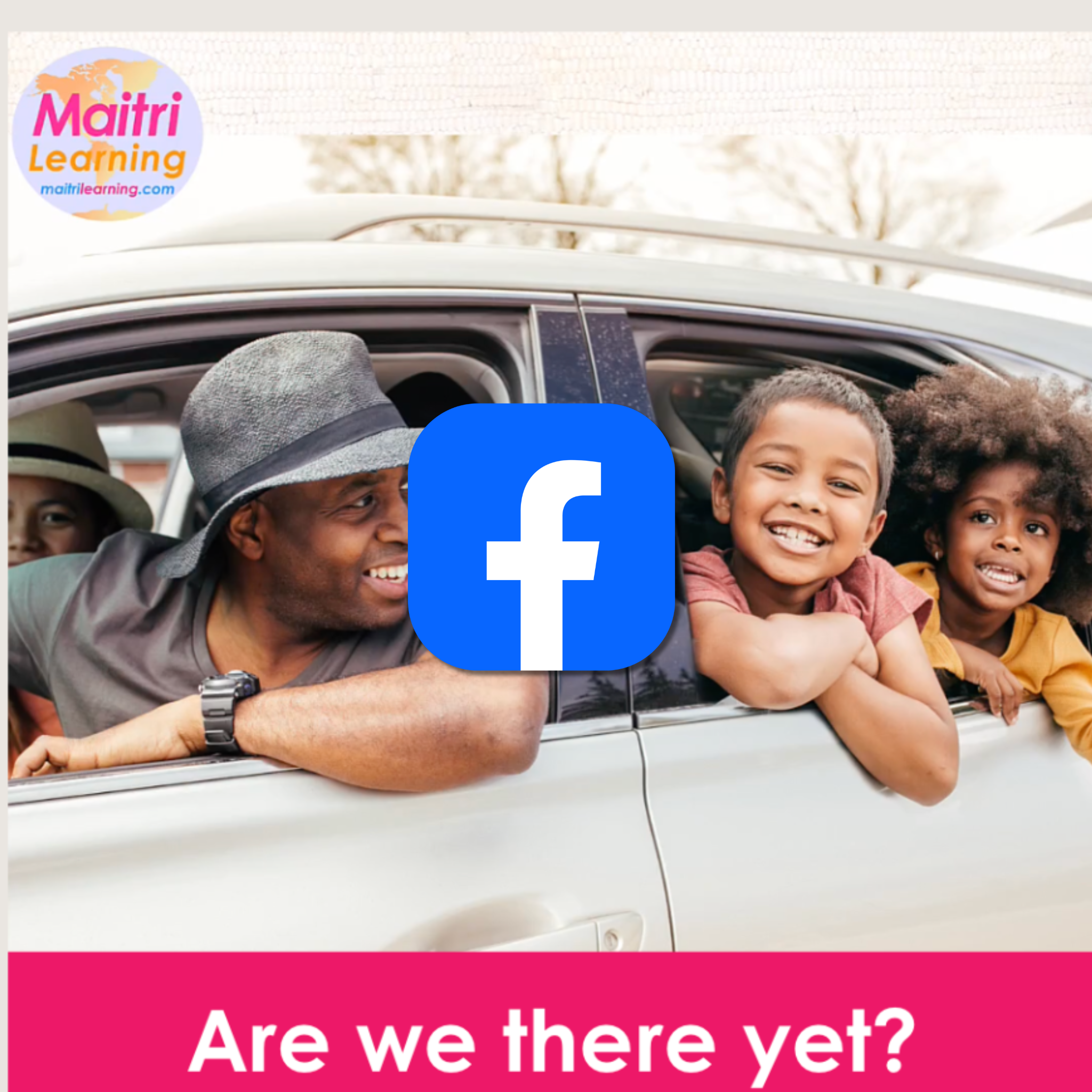
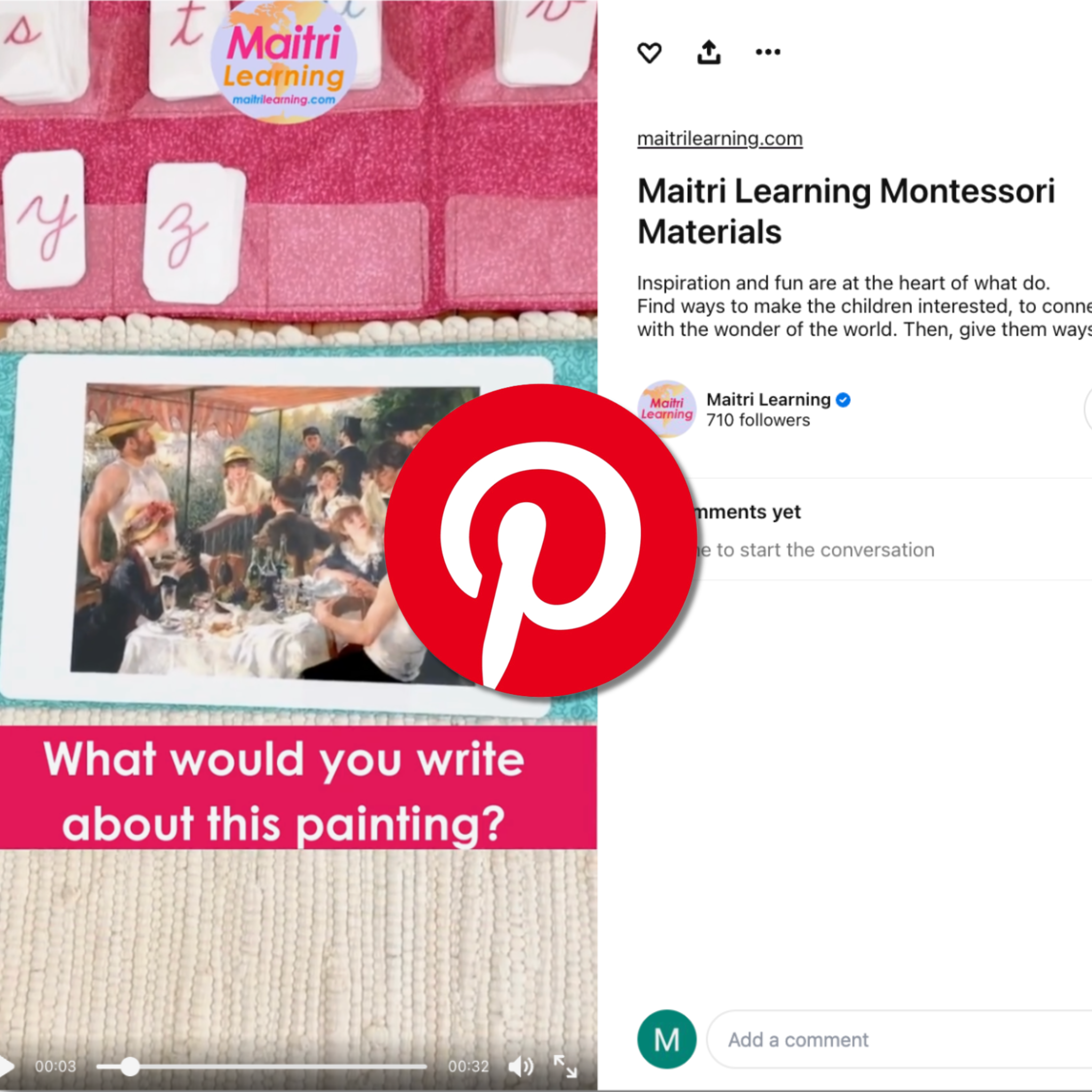
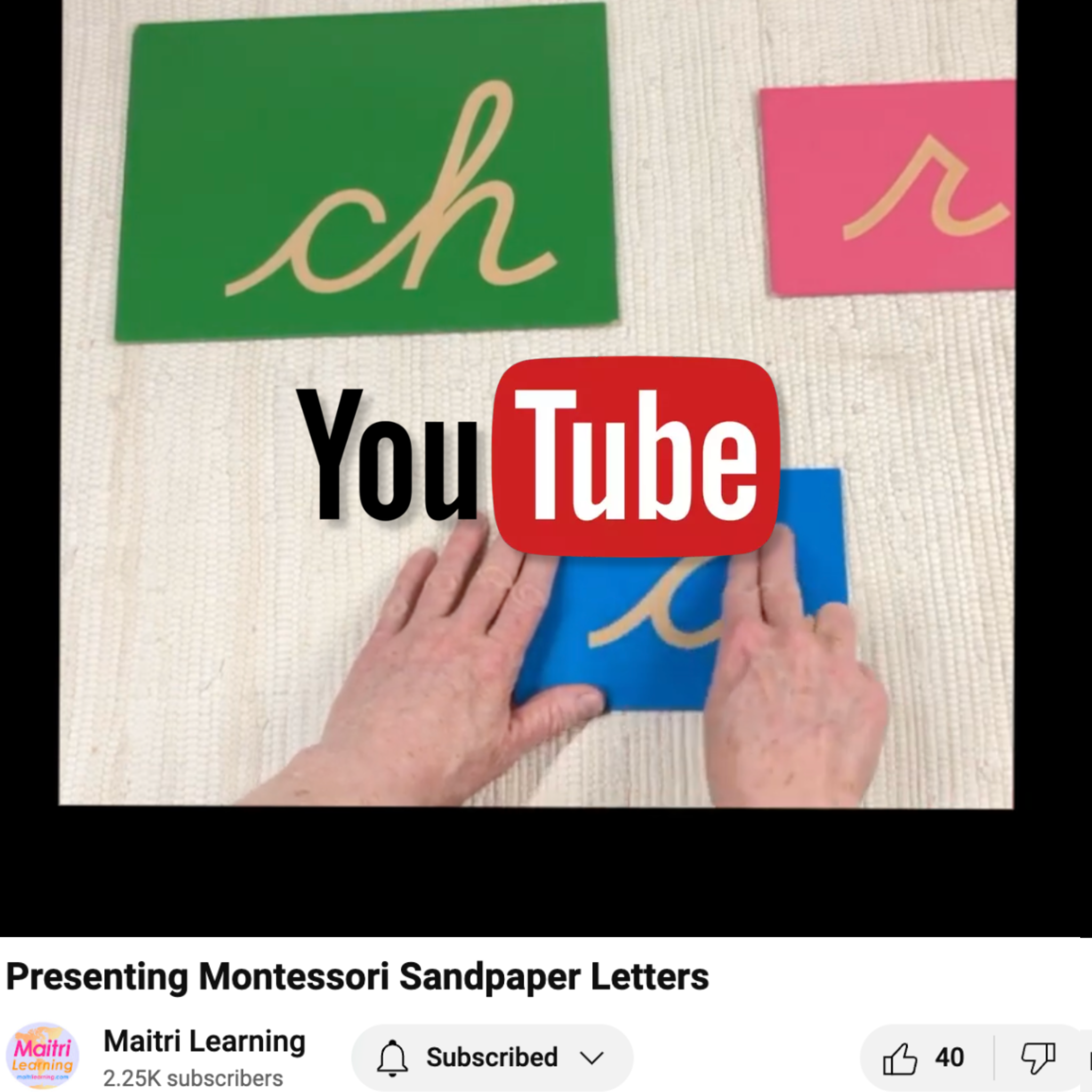
Leave a comment
This site is protected by hCaptcha and the hCaptcha Privacy Policy and Terms of Service apply.